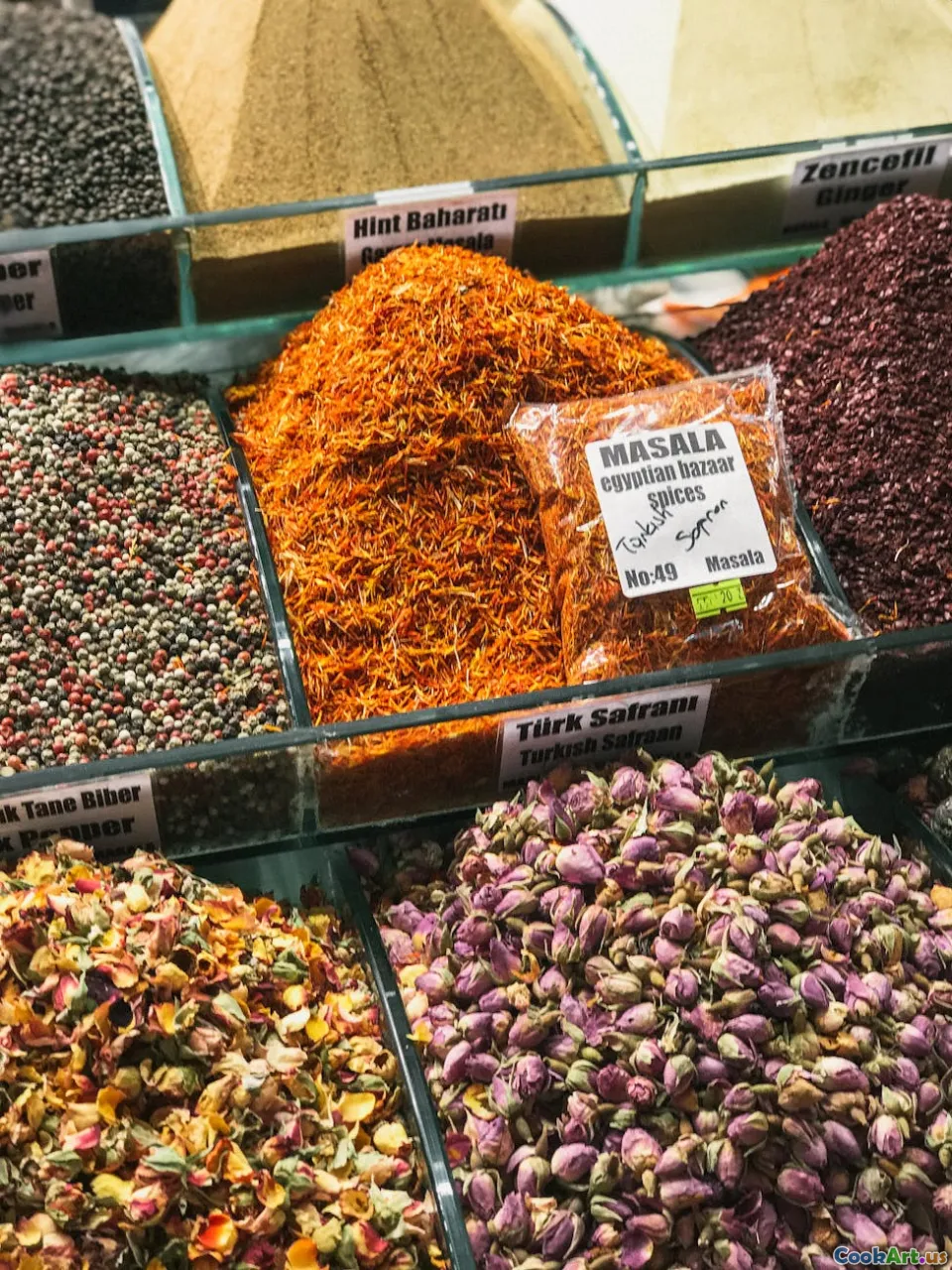The Art of Mauritian Cooking
8 min read Discover the vibrant, diverse flavors and rich traditions behind Mauritian cooking—an enchanting blend of history, culture, and culinary mastery. April 20, 2025 21:55
The Art of Mauritian Cooking
Imagine an island where the scent of freshly grilled seafood mingles with the aroma of exotic spices, where every bite tells a story of centuries of cultural exchange. Welcome to Mauritius—a jewel in the Indian Ocean whose cuisine is as vibrant and diverse as its history. The art of Mauritian cooking is a tapestry woven from African, French, Indian, Chinese, and Creole influences, creating a symphony of flavors that dance on the palate and evoke a sense of belonging.
A Melting Pot of Cultures and Flavors
Mauritian cuisine is more than just food; it's a reflection of the island's complex history and multicultural society. From the earliest settlers to modern-day inhabitants, each wave of migration has left an indelible mark on the culinary landscape.
Historical Tapestry
In the 17th century, Dutch explorers arrived, bringing with them new ingredients and cooking techniques. The French colonizers introduced sophisticated methods and a love for pâtés, tarts, and refined sauces. Indian indentured laborers arrived in the 19th century, infusing the island with vibrant spices, curries, and vegetarian delights. Chinese immigrants contributed stir-fries and dim sum, adding further layers of complexity.
This rich history has resulted in a cuisine that is both comfortingly familiar and excitingly novel, where each dish is a testament to resilience, adaptation, and creativity.
Key Ingredients and Flavors
Mauritian cooking relies on a core palette of ingredients that evoke the island's tropical bounty. Fresh seafood—shrimp, fish, octopus—is ubiquitous, often grilled, marinated, or simmered in rich sauces. Root vegetables like sweet potatoes, yams, and taro provide hearty textures, while tropical fruits such as mango, pineapple, and banana add sweetness.
Spices are the soul of Mauritian dishes. A vibrant rougaille(a spicy tomato-based sauce),curry powders, and garlicare staples. The use ofchili peppers lends a fiery kick, balanced by coconut milk and fresh herbs like coriander, cumin, and turmeric.
Signature Dishes and Cooking Techniques
Dholl Puri — The National Comfort Food
A soft, flaky flatbread stuffed with ground split peas, often served with curry, pickles, and chutneys. The dough is kneaded to perfection, then rolled out thin and cooked on a hot griddle, resulting in a golden, slightly crispy exterior with a tender interior. The accompanying curries are rich, fragrant, and layered with spices.
Bouillon — The Mauritian Fish Soup
A hearty, flavorful broth simmered with fresh fish, vegetables, and herbs. The secret lies in the slow simmering process that melds the flavors beautifully, often served with a side of rice or bread.
Gateaux Piment — Spicy Lentil Fritters
These small, fiery fritters are made from ground lentils mixed with spices, shaped into balls, and deep-fried until crispy. They're a popular snack, bursting with flavor and heat.
Rougaille — The Spicy Tomato Sauce
A versatile base for many dishes, rougaille combines ripe tomatoes, garlic, onions, and chili, simmered to develop a deep, smoky flavor. It’s often paired with seafood, chicken, or vegetables.
Vindaye — Pickled Fish
Fish marinated in a mixture of mustard, turmeric, and vinegar, then fried and served with rice. Its tangy, spicy profile is a Mauritian favorite, especially during festivals.
The Art of Cooking: Techniques and Traditions
Mauritian chefs often emphasize slow cooking and marination, allowing flavors to deepen and ingredients to tenderize. The use of clay potsandcast iron pans is common, aiding in even heat distribution and enhancing flavor.
Marination is a critical step—fish and meats are often marinated with turmeric, lemon, garlic, and spices for hours before cooking, ensuring a burst of flavor in every bite.
Grilling is also prominent, especially for seafood, where the smoky aroma and charred edges add complexity and depth.
Personal Reflections and Cultural Significance
My own journey with Mauritian cuisine began during a visit to Port Louis, where the bustling markets and street food stalls beckoned with their tantalizing aromas. I remember the first bite of dholl puri—warm, fluffy, and infused with the fragrant spices of the curry—an experience that instantly transported me.
Mauritian food is more than nourishment; it’s a communal experience. Sharing a meal here means sharing stories, laughter, and history. The vibrant street food culture embodies this spirit, with vendors meticulously preparing dishes in front of eager customers.
Celebrations and Food Traditions
Festivals such as Cavadee, Diwali, and Chinese New Year feature elaborate feasts that showcase the island’s culinary diversity. During these celebrations, dishes like Seychelles-style fish curry, samosas, and sweet desserts like alouda take center stage.
Cooking for these occasions involves a deep respect for tradition, with recipes passed down through generations, often with subtle variations reflecting family histories.
Modern Twists and Global Influence
While rooted in tradition, Mauritian cuisine continues to evolve. Chefs experiment with fusion dishes—such as sushi with Mauritian spices or tapas inspired by Creole flavors—bringing the island’s culinary art to the global stage.
The use of modern cooking techniques like sous-vide or molecular gastronomy is slowly making its way into the local scene, blending innovation with heritage.
Final Thoughts: The Heart of Mauritian Cooking
The art of Mauritian cooking lies in its ability to honor tradition while embracing change. It’s a cuisine that celebrates diversity, resilience, and community. Every dish is a story, every flavor a memory. Whether you’re savoring a simple pimentfritter or indulging in a lavishrougaille, you’re experiencing the soul of an island that knows how to bring people together through food.
So, next time you wish to explore a world of vibrant tastes and cultural stories, let Mauritian cuisine be your guide—an artful celebration of the island’s rich, spicy, and soulful culinary heritage.









